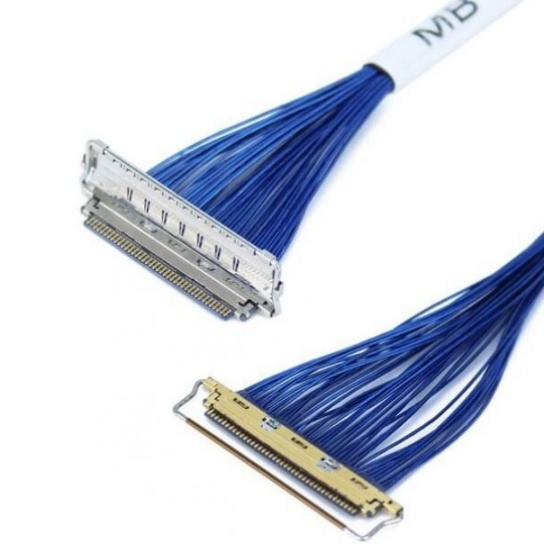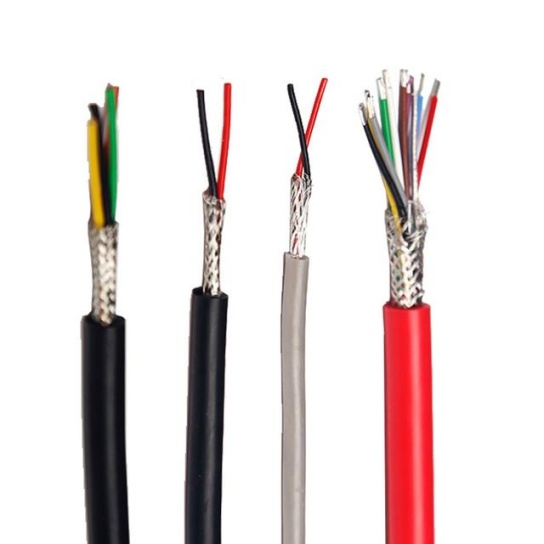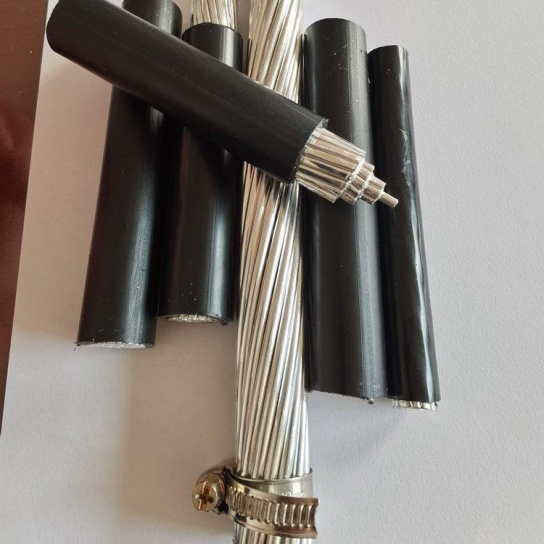Predictive Maintenance for Aviation Cable Systems: Safeguarding Safety, Availability, and Costs
Aviation cable systems – the intricate network of wires harnesses traversing every aircraft – are the silent lifelines of flight. From flight controls and navigation to communication and engine management, these systems carry critical power and data signals. The failure of even a single wire can cascade into system malfunctions, costly delays, flight cancellations, or, in the worst case, catastrophic events. Reactive maintenance – fixing wires after they fail – is no longer acceptable in an industry demanding unparalleled safety, maximized aircraft availability, and optimized operational costs. Predictive Maintenance (PdM) emerges as the transformative solution for proactive aviation cable system health management.
Why Aviation Cable Systems Demand Predictive Maintenance
- Hidden Dangers: Wires run through inaccessible areas (wings, fuselage bays). Damage like chafing, corrosion, pinching, or moisture ingress often remains invisible during routine visual inspections until it’s too late.
- Aging Fleets: As aircraft extend their operational lifespans, wiring degradation becomes a significant concern. PdM provides data-driven insights into actual wear, moving beyond fixed replacement schedules.
- Cost of Failure: Unplanned maintenance grounded aircraft represents enormous revenue loss. Emergency repairs are expensive and disruptive. Proactively identifying issues minimizes this risk.
- Enhanced Safety: Predicting and preventing electrical faults (arcing, shorts) is paramount for flight safety, mitigating fire hazards and system failures.
- Regulatory Pressure: Aviation authorities (FAA, EASA) increasingly emphasize proactive maintenance strategies and data-driven insights for continued airworthiness. PdM aligns perfectly.
Core Principles of PdM for Aviation Wiring
Unlike preventative maintenance (time/cycle-based) or condition-based maintenance (spot checks), Predictive Maintenance for aviation cable harnesses focuses on:
- Continuous or Periodic Monitoring: Gathering data on the actual condition of cables and connectors.
- Data Analytics: Using sophisticated algorithms to detect subtle changes indicating degradation long before functional failure.
- Prognostics: Predicting the Remaining Useful Life (RUL) of a cable segment or component, enabling optimal scheduling of maintenance actions.
- Condition-Based Triggers: Maintenance is performed only when necessary, based on the predicted health state.
Key Predictive Maintenance Technologies for Aviation Cables
Several advanced technologies form the backbone of PdM strategies:
- Time Domain Reflectometry (TDR) & Frequency Domain Reflectometry (FDR):
- How it Works: Sends a signal down a cable and analyzes the reflected signal. Impedance changes caused by faults (opens, shorts, chafing, corrosion, connector issues) create distinctive reflections.
- Benefits: Excellent for locating specific fault locations (distance-to-fault), detecting moisture ingress, identifying intermittent issues. Used in deployed systems or as a portable inspection tool.
- Impedance Spectroscopy / LCR (Inductance, Capacitance, Resistance) Monitoring:
- How it Works: Measures the fundamental electrical characteristics of cables and connectors at various frequencies. Degradation alters these parameters.
- Benefits: Highly effective for detecting subtle corrosion (changes resistance/conduction), insulation aging (changes capacitance), and connector fretting or degradation.
- Distributed Temperature Sensing (DTS):
- How it Works: Uses optical fibers integrated into cable bundles or routed alongside them. Laser light analyzes backscatter to measure temperature profiles along the entire fiber length.
- Benefits: Detects localized hot spots caused by overloads, poor connections, chafing (friction heat), or adjacent system failures – major precursors to catastrophic events.
- Arc Fault Detection Systems (AFDS):
- How it Works: Constantly monitors electrical signatures for the unique high-frequency noise patterns associated with dangerous series or parallel arcing faults.
- Benefits: Critical for preventing in-flight fires by identifying potentially catastrophic arc events before they ignite surrounding materials.
- Advanced Sensor Integration:
- Types: Vibration sensors (detect chafing), humidity sensors (detect moisture ingress), chemical sensors (detect corrosive agents).
- Benefits: Provide multi-parameter context for better diagnostics and prognostics, especially when combined with TDR/FDR or DTS data.
- Data Analytics & Machine Learning (ML):
- The Brain: Raw sensor data is vast and complex. ML algorithms analyze historical and real-time data to:
- Identify subtle patterns indicating early degradation.
- Distinguish between normal operational noise and true fault signatures.
- Correlate multiple parameters for improved diagnostic accuracy.
- Continuously learn and refine fault detection models based on fleet data.
- Predict Remaining Useful Life (RUL).
Implementation Path: Making Aviation Cable PdM a Reality
- Prioritize Based on Risk: Identify critical wire harnesses (flight controls, engine control, critical power feeds) where failure consequences are highest. Start pilot programs here.
- Technology Selection & Integration: Choose the right combination of technologies (TDR, DTS, sensors) suited for the target systems and aircraft type (new build, retrofit). Consider deployable vs. portable options.
- Data Infrastructure: Ensure robust onboard data acquisition and off-board storage and analysis capabilities. Cloud platforms are increasingly common.
- Analytics Platform: Implement a scalable software platform for data ingestion, visualization, advanced analytics (ML), and generating actionable alerts and work orders.
- Workforce Training: Upskill maintenance technicians and engineers to understand PdM data, interpret results, and integrate findings into maintenance plans.
- Process Integration: Seamlessly incorporate PdM findings and RUL predictions into existing Maintenance, Repair, and Overhaul (MRO) workflows and maintenance scheduling systems.
Benefits of Aviation Cable Predictive Maintenance
- Enhanced Safety: Proactive identification of critical faults reduces risk of in-flight electrical events.
- Increased Aircraft Availability: Minimize unscheduled maintenance downtime due to wiring failures.
- Optimized Maintenance Costs: Reduce unnecessary scheduled replacements (“find the bad wire”); reduce costly troubleshooting labor; prevent secondary damage from failures.
- Extended Wire System Lifespan: Accurate health assessment allows safe operation closer to the true operational limits.
- Data-Driven Decisions: Replace guesswork with actionable intelligence for fleet managers and engineers.
- Regulatory Compliance: Demonstrates proactive safety management and facilitates adherence to evolving airworthiness standards.
Challenges and Considerations
- Initial Investment: Costs for sensors, systems, integration, and data infrastructure can be significant, though ROI is typically rapid through savings.
- Sensor Integration Weight & Complexity: Minimizing weight and ensuring reliability are paramount. Integration on existing fleets can be challenging.
- Data Overload & Expertise: Requires sophisticated analytics tools and skilled personnel to derive actionable insights.
- False Alarms: Ensuring detection algorithms are highly specific to minimize disruptive false positives.
- Standardization: Lack of universal standards for PdM data formats and analysis techniques.
The Future of Aviation Cable Health Management
Predictive Maintenance for aircraft wiring is rapidly evolving:
- Smaller, Smarter Sensors: Continued miniaturization and lower power consumption.
- Edge Computing: More onboard pre-processing to reduce data transmission needs.
- AI/ML Maturity: More accurate RUL predictions, adaptive models, and automated diagnostics.
- Digital Twin Integration: Virtual replicas of aircraft wiring systems for simulation and enhanced prognostics.
- Fleet-Wide Health Management: Aggregating and analyzing data across entire fleets to identify systemic issues and predict broader trends.
Conclusion: Wired for Success
Predictive Maintenance for aviation cable systems is no longer a futuristic concept; it’s an operational imperative. By harnessing advanced sensing, data analytics, and machine learning, airlines and MROs can transition from reactive fixing to proactive assurance of wire harness integrity. The results are clear: safer skies, aircraft that spend more time generating revenue, substantial cost savings, and a demonstrable commitment to the highest levels of operational excellence. Investing in a robust aviation cable PdM strategy is a critical step towards securing the reliability and efficiency of tomorrow’s aviation fleets.






